Museums & Institutions
How Will Technology Shape the Museum of Tomorrow? 20 Museum Directors Will Convene in the Bay Area to Explore Digital Horizons
They will be participating at an open symposium taking place on April 21 at Stanford University.
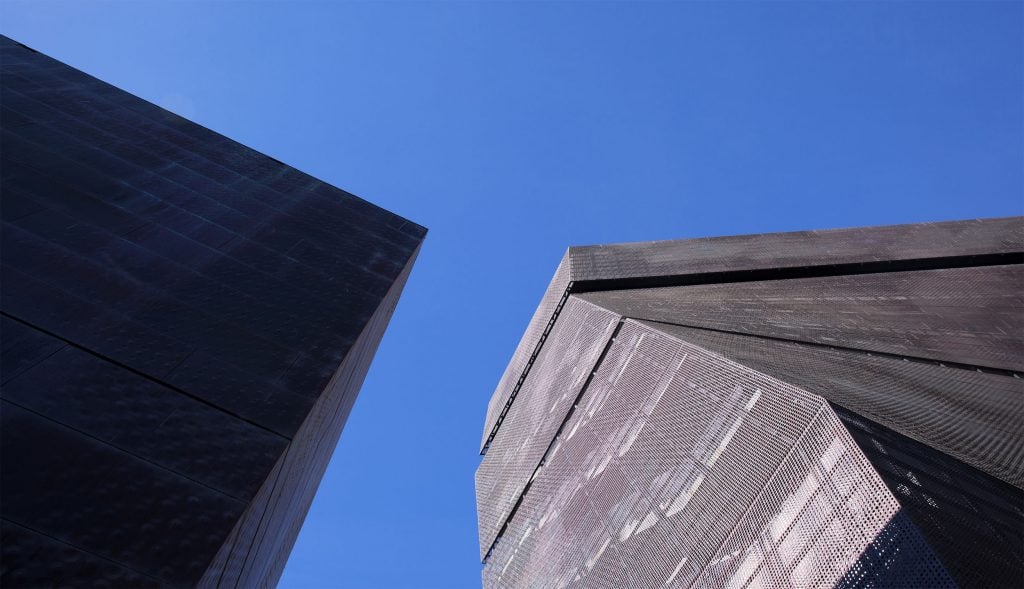
They will be participating at an open symposium taking place on April 21 at Stanford University.

Min Chen

As technology grows ever more present in the cultural institution—reshaping its operations, how it engages audiences, and what it exhibits—the Fine Arts Museums of San Francisco (FAMSF) is hosting a forum to contemplate what the digital frontier means for the museum of today and tomorrow.
On April 21, FAMSF, in partnership with seven other Bay Area museums and cultural strategist András Szántó, will convene a symposium, titled Museums of Tomorrow, at Stanford University. The full-day program will feature presentations from a line-up of museum directors, artists, and academic experts on how technology is transforming power structures within the arts and institutions.
The moment, said Thomas P. Campbell, director and CEO of FAMSF, is ripe for such a discussion, coming as it does on the heels of the NFT boom and the rise of A.I., and in the wake of a pandemic-driven digital acceleration.
“Museums around the world are grappling with the opportunities and the costs of thoughtfully introducing technology in their work and audience engagement,” he told Artnet News. “And considering that so much of this development is coming out of the Bay Area, it seemed logical and an opportunity for us to convene a roundtable here.”
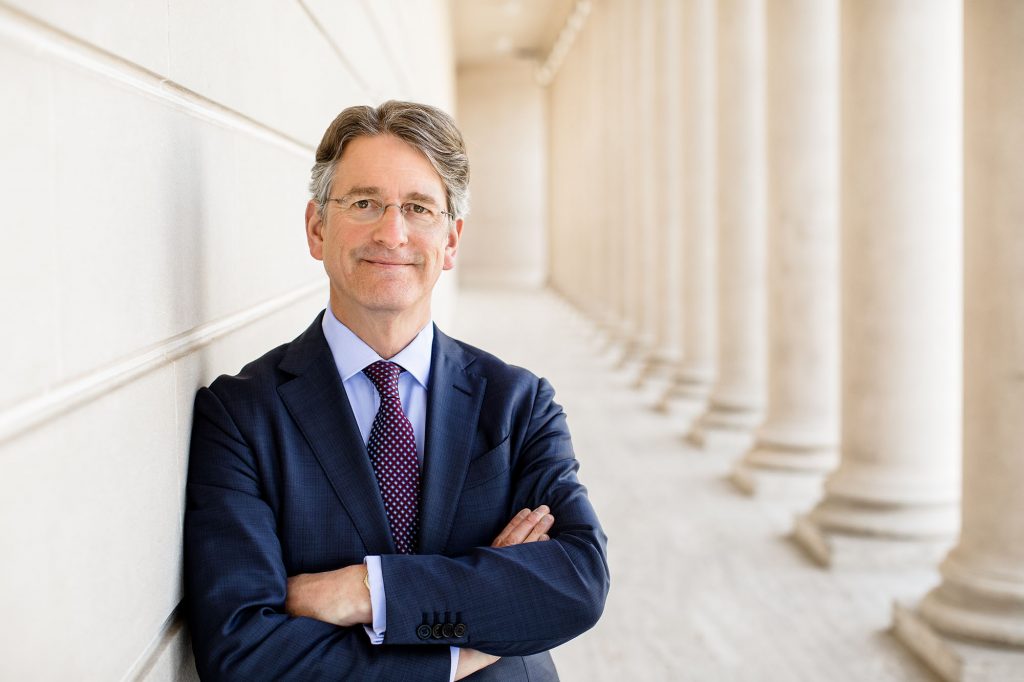
Thomas P. Campbell, director and CEO of the Fine Arts Museums of San Francisco. Photo courtesy of FAMSF.
The forum will gather an international panel of museum directors not limited to Meriem Berrada of the Museum of African Contemporary Art Al Maaden in Marrakesh, Morocco; Seb Chan of the Australian Centre for the Moving Image in Melbourne; Hou Hanru, former director of MAXXI – National Museum of 21st Century Art in Rome, Italy; Sonia Lawson of Palais de Lomé, Togo; Suhanya Raffel of M+ in Hong Kong; and Kamini Sawhney of the Museum of Art & Photography in Bangalore, India.
Also featured on the line-up are Adam Banks, faculty director of Stanford’s Institute for Diversity in the Arts; Glenn Fajardo, faculty member of Stanford d.school; and Brooklyn-based Nigerian-American artist Mimi Onuoha.
Diversity was key to Campbell and Szántó’s pick of the museum participants, not just in a global sense, but in the variety of institutions. Both historical and contemporary museums are represented, as are newcomers such as MAP Bangalore. The point, Campbell added, was to bring together a range of perspectives to the technology question.
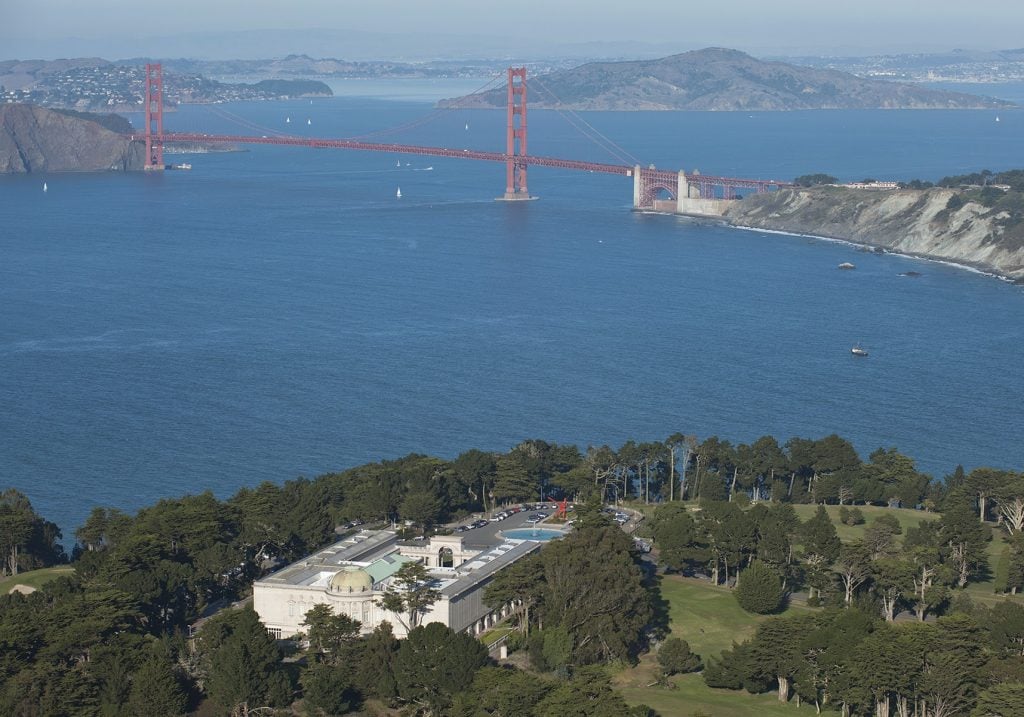
Legion of Honor. Photo: Henrik Kam, courtesy of FAMSF.
The public symposium will represent the culmination of a week-long “learning journey,” during which the directors will engage in discussion and brainstorming sessions at Bay Area institutions including SFMOMA, San Jose Museum of Art, Asian Art Museum, Gray Area, and Cantor Arts Center.
Additionally, the museum directors will meet with the region’s leading companies and developing initiatives in A.I., and digital arts platforms. As the gap between culture and technology narrows, such conversations, in Campbell’s view, are bound to be fruitful.
“We are clearly going through a moment where there is development of an entirely new aspect of art and experience, whether it is digital art or immersive experiences in which digital is a component,” he said. “So I think we’re going to see museums increasingly creating spaces to accommodate these new hybrid experiments.”
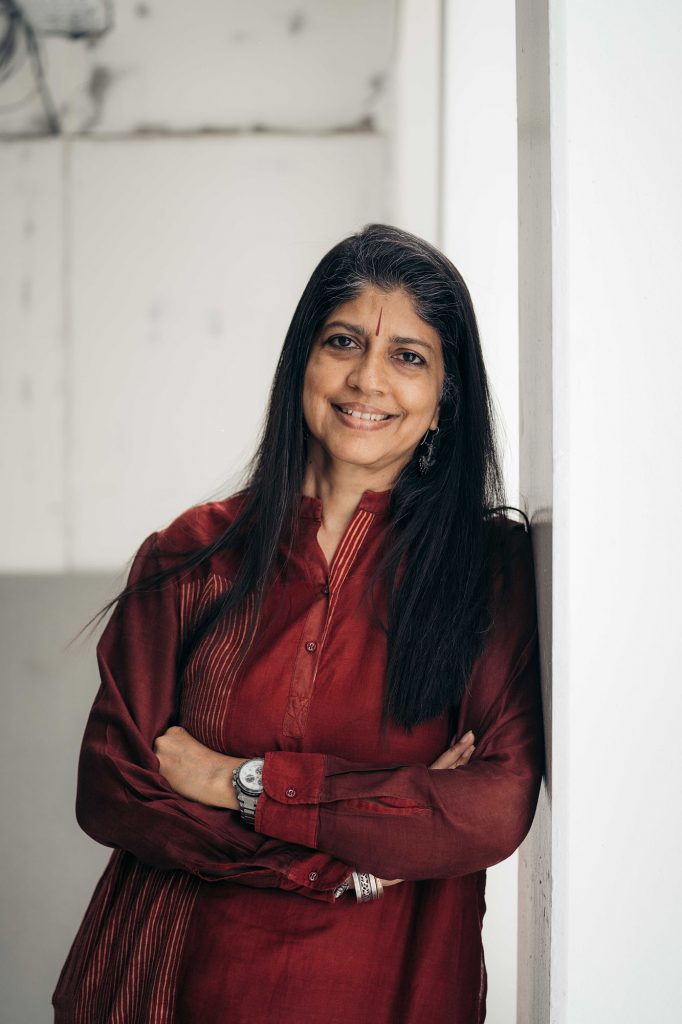
Kamini Sawhneym, director of the Museum of Art & Photography. Photo courtesy of FAMSF.
“Technology has allowed us to provide new ways for people to relate to the museum collection and to understand how art can be relevant to their lives,” said Kamini Sawhney, director of MAP, which launched during the pandemic as a virtual platform. “The key is to discover that delicate balance that allows us to be true to a work of art while exploring exciting new ways to encounter it.”
While technologies including A.I., the blockchain, and virtual and augmented reality are on the participants’ radars, they also emphasized to Artnet News that these tools should be implemented with purpose. M+ director Suhanya Raffel, for one, highlighted how the museum’s digital programs, including the M+ Facade commissions, have been aimed at an East Asian audience made up of “early adopters of technology.”
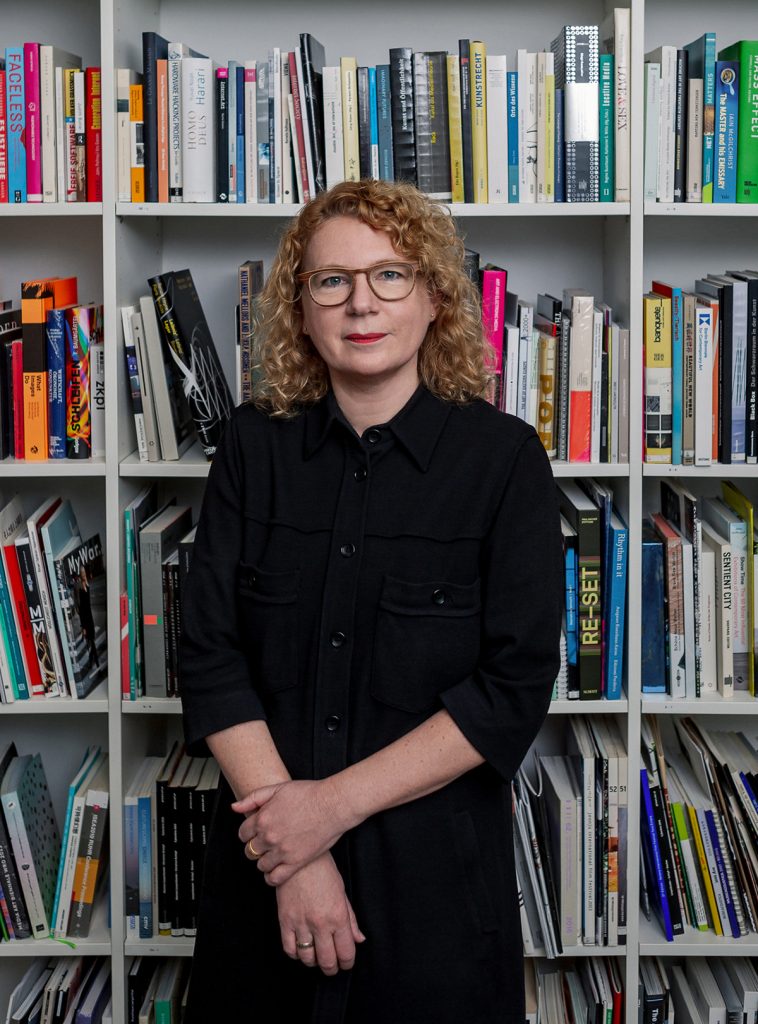
Sabine Himmelsbach, director of the House of Electronic Arts. Photo: Ivana Kresic.
Sabine Himmelsbach, director of the House of Electronic Arts in Basel, Switzerland, added: “Cultural institutions should be sure that the technologies they use and offer serve the audience. The central concern of the mediation at HEK is cultural participation. Promoting this is one of the core tasks of all art and cultural institutions aimed at the public.”
But as museums adopt technologies on individual levels, Seb Chan, CEO and director of ACMI, further stressed the need for “whole-of-sector, whole-of-community approaches.” The museum itself has spearheaded a mentoring program for art and cultural leaders to exchange knowledge and raise digital literacy.
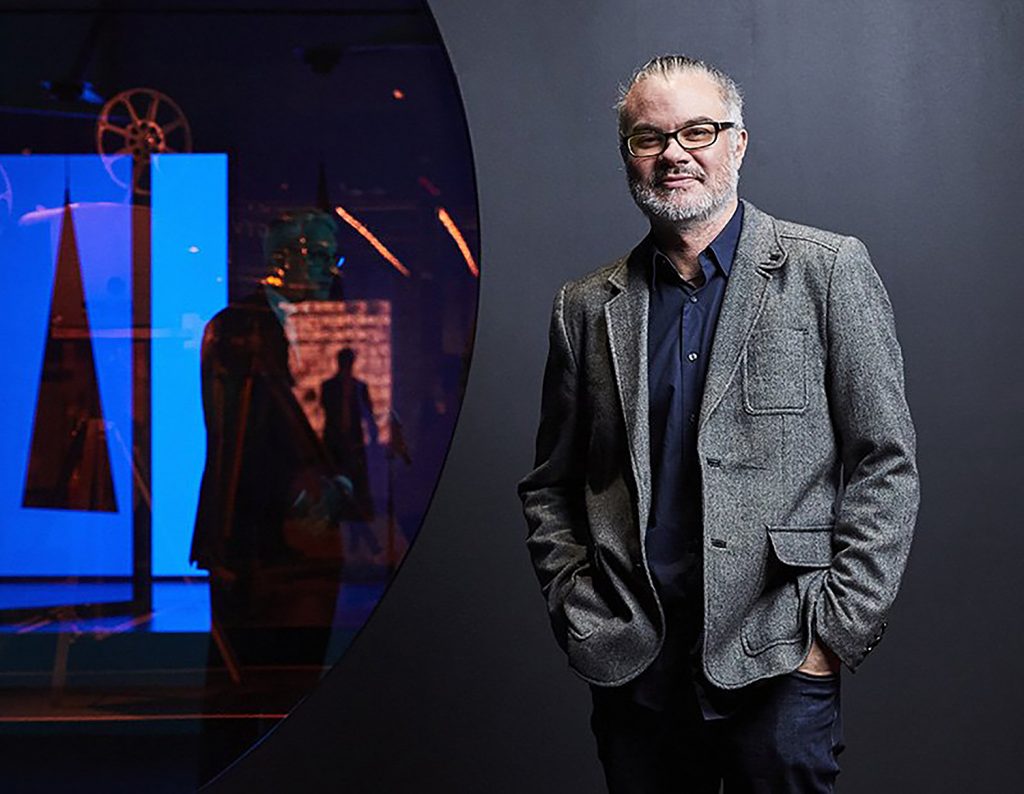
Seb Chan, director and CEO of the Australian Centre for the Moving Image. Photo courtesy of FAMSF.
“These days, it makes most sense to share as much of this with others as possible—at a civic scale,” he said. “What might a local art museum share—in terms of technology—with the local theater or nearby music venues? How might each learn from one another?”
FAMSF’s Museums of Tomorrow roundtable might just make for one more such opportunity.
The Museums of Tomorrow Public Symposium takes place on April 21 at the Clark Center Auditorium and Cantor Arts Center, Stanford University, and will be livestreamed via webinar. Tickets are free and can be reserved here.